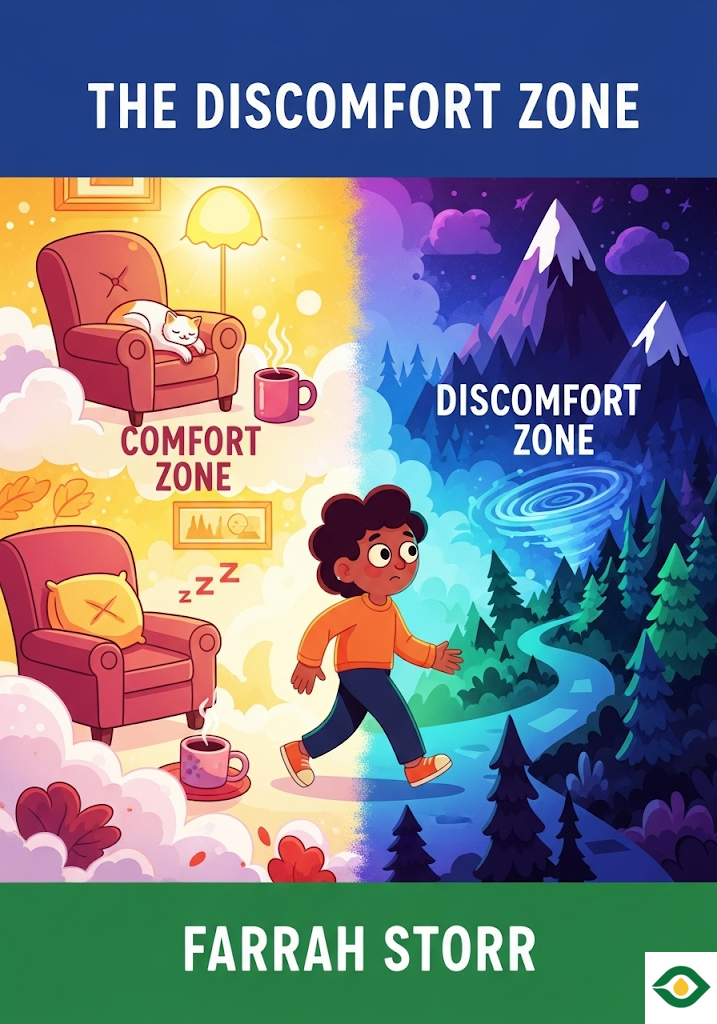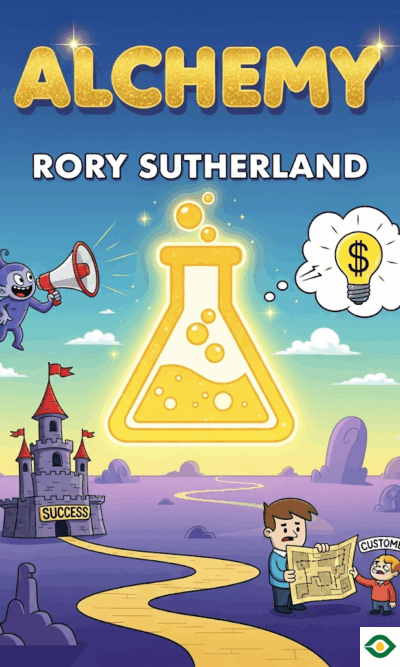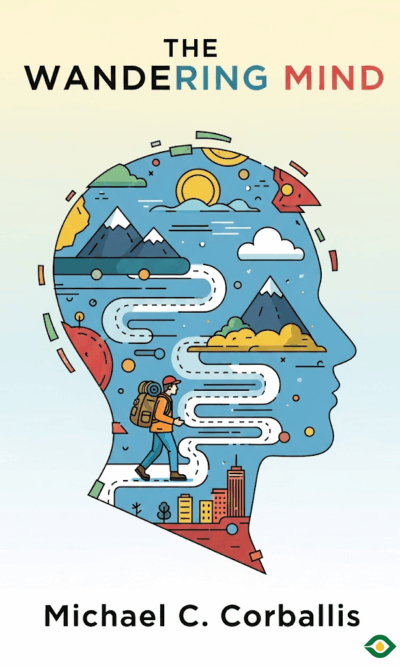Description
Fear is something every human knows well. It shows up as a nervous stomach, sweaty palms, or racing thoughts. Most of the time, fear convinces us to step back, to stay safe, and to avoid risk. While fear protects us in some situations, it also blocks us from exploring our full potential. The central idea of The Discomfort Zone is simple: instead of running from fear, we should step into discomfort. By doing so, we grow, learn, and discover a more fulfilling life.
Fear itself isn’t the problem. The way we interpret fear is what matters. Imagine taking a big exam or sitting in a job interview. Your heart beats faster, your palms sweat, and your body feels tense. Many people take this as a signal of failure and panic. But athletes, performers, and confident individuals often see the same signals as their body gearing up for success. This is called shifting from a “threat state” to a “challenge state.” By visualizing success, practicing positive self-talk, and reminding ourselves that nerves can mean readiness, we can transform fear into fuel. Learning to reframe fear changes how we perform in stressful situations, making us sharper and more resilient.
Life constantly presents obstacles, and our response to these challenges shapes our future. Eric Underwood, who became a celebrated ballet dancer, started late in his career and faced failure in his first audition. Instead of quitting, he found another path and turned a setback into an opportunity. His story illustrates that resilience is not about avoiding failure but about adapting when plans collapse. Many people either quit too quickly, blame others, or create excuses that prevent them from fully trying. True progress comes when we confront obstacles, learn from them, and keep moving forward.
Discomfort also plays a role when we face trauma. Painful experiences such as loss, heartbreak, or tragedy can feel impossible to bear. But psychologists have found that trauma can sometimes spark growth, known as post-traumatic growth. Sajda Mughal, a survivor of the 2005 London train bombings, turned her trauma into motivation. Instead of living only in her pain, she asked bigger questions about why the tragedy happened and how she could prevent others from experiencing the same. She went on to start a charity that helps at-risk youth avoid radicalization. Her story shows how processing trauma, rather than ignoring it, can lead to new meaning and purpose. Facing trauma openly, whether by journaling, talking, or reflecting, helps us heal and grow stronger.
Another powerful barrier to growth is the pressure to be perfect. Many of us avoid trying new things because we don’t want to look foolish or fail. Social media and cultural expectations amplify this pressure, making us feel that everyone is watching and judging. But research shows people think about us far less than we imagine. This “spotlight effect” reveals that most people are too busy thinking about themselves to judge us as harshly as we fear. Letting go of perfection frees us to take risks, learn, and express our true potential. Sharing our fears with trusted friends can also reduce shame, strengthen bonds, and make us braver.
Professional growth also depends on embracing discomfort, especially in the form of feedback. Patrick Doyle, former CEO of Domino’s Pizza, boldly used negative customer reviews to transform his company. By openly listening to harsh criticism, he turned a failing product into a global success. Feedback is often uncomfortable, but it is a tool for growth. The book suggests finding a “care coach” — someone we trust who can give us honest, constructive feedback. Preparing specific questions, creating a safe setting, and showing gratitude can turn feedback sessions into powerful moments of development. Although it may sting at first, feedback sharpens our skills and brings clarity.
Discomfort also fuels creativity. Constraints — whether limited time, small budgets, or broken tools — force us to think differently. Steven Spielberg’s Jaws became iconic partly because a broken mechanical shark pushed him to create suspense with clever filming. Similarly, artists, startups, and innovators often achieve breakthroughs when they face restrictions. Too much freedom can actually weaken creativity, while constraints spark bold decisions. By intentionally setting tighter deadlines or fewer resources, we can ignite imagination and produce stronger results.
Failure, too, is an essential part of success. Many companies launch “limited editions” as test runs. If the product fails, it disappears quietly; if it succeeds, it becomes permanent. Failure can be careless or lazy, but it can also be “smart failure” — the kind that happens when we venture into new territory. Smart failure is not a sign of weakness but of courage. To learn from it, we must examine what went wrong without blaming others, reflect on our role, and use those lessons to improve. Avoiding failure keeps us stagnant, while embracing it prepares us for greater achievements.
Hustling, or asking for what we want, is another area where discomfort stops people. Steve Jobs believed most people fail simply because they don’t ask. But hustling can feel awkward, as if we’re imposing on others. The secret is reciprocity: offering something valuable in return. Sara Blakely, the founder of Spanx, boosted her early sales by reimbursing friends who bought her products. This simple act turned her hustle into mutual support. The lesson is clear — when we frame our requests as beneficial to both sides, we remove discomfort and build stronger relationships. Preparing thoughtful offers, doing research, and presenting requests warmly can transform hustle into opportunity.
The central truth of The Discomfort Zone is that discomfort is not the enemy. Instead, it is the path to growth. Fear, obstacles, trauma, imperfection, feedback, constraints, failure, and hustling all involve discomfort. Yet each of these challenges also carries the seeds of progress, creativity, and fulfillment. When we avoid discomfort, we shrink our possibilities. When we lean into it, we uncover strength and purpose we didn’t know we had.
To practice this, we can use what the author calls the BMD Method — Brief Moments of Discomfort. First, acknowledge your fear instead of hiding from it. Second, find small actions that make the moment manageable, like pausing to breathe or taking a sip of water before answering a tough interview question. Finally, reframe the discomfort as a sign of growth, energy, or courage. With practice, those brief moments of unease transform into powerful stepping stones.
Life will always involve moments that test us, frighten us, or push us beyond what feels safe. The choice is whether we run from them or step into them. By choosing the latter, we move closer to our best selves. The Discomfort Zone reminds us that growth lives just beyond comfort — and if we’re brave enough to reach for it, life becomes richer, more meaningful, and more exciting than we ever imagined.





